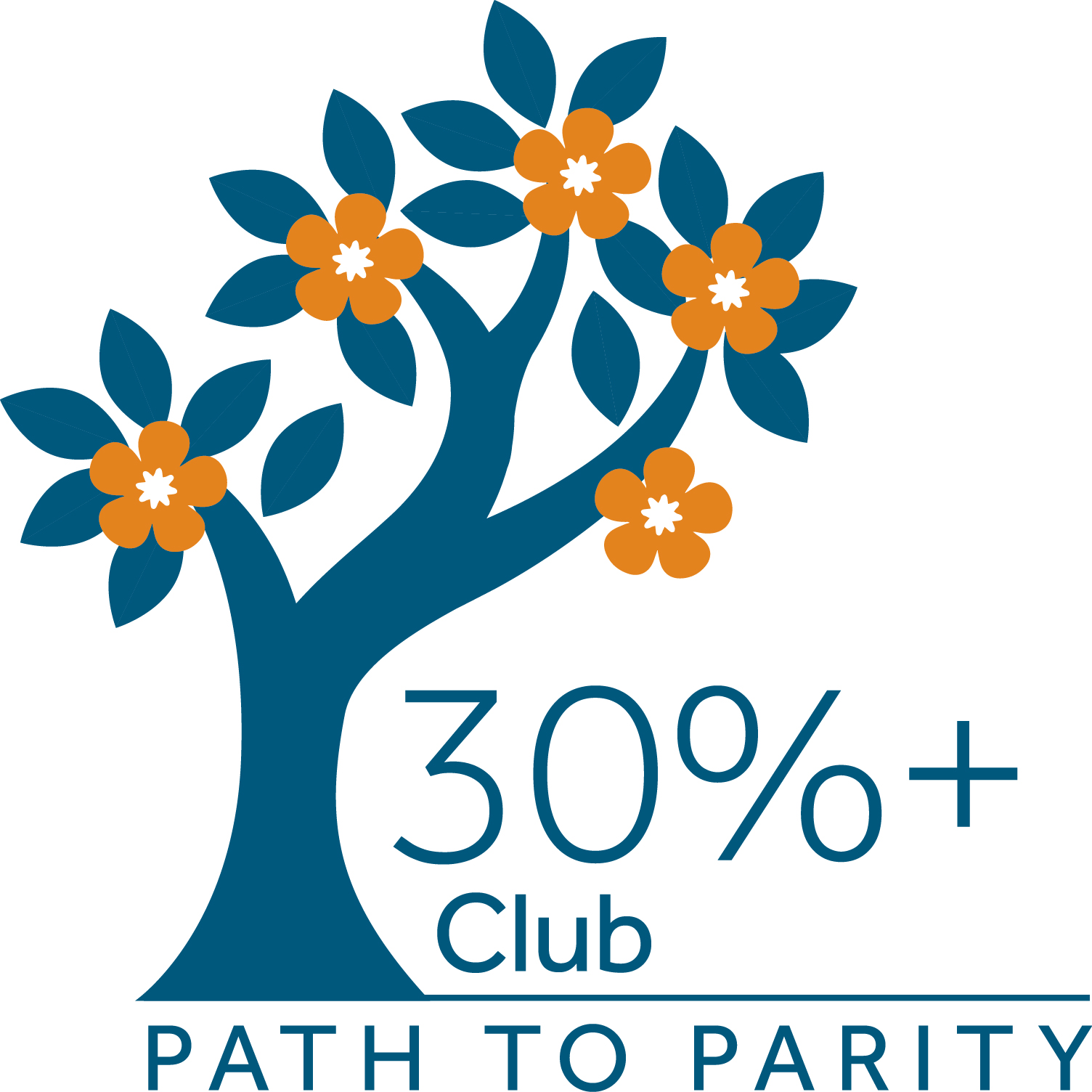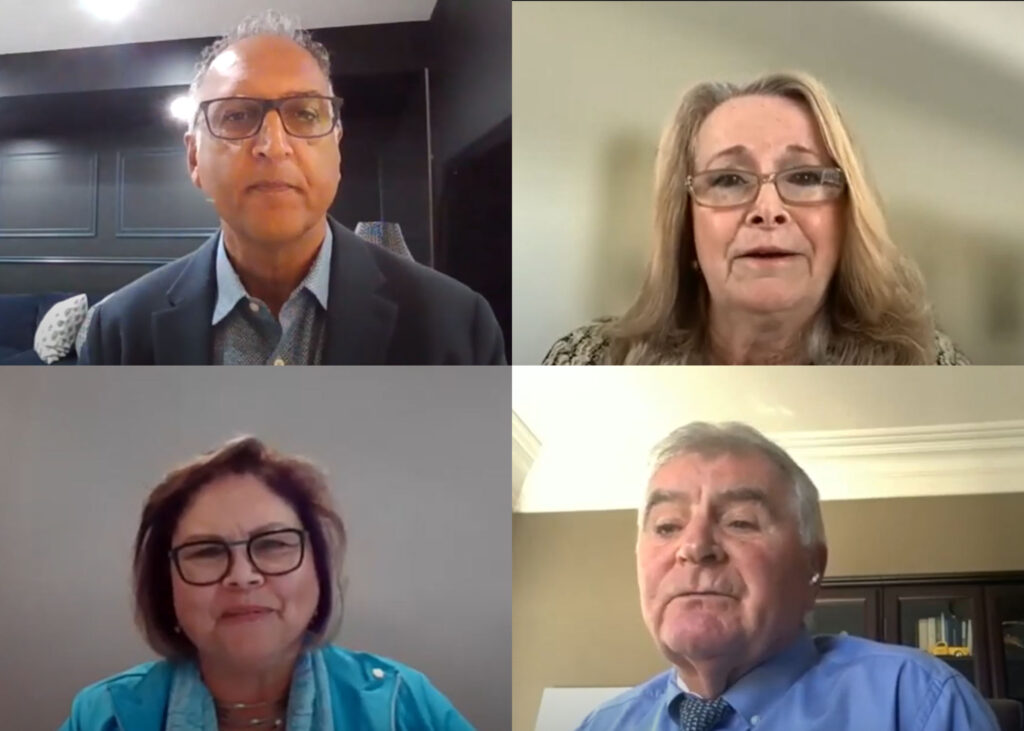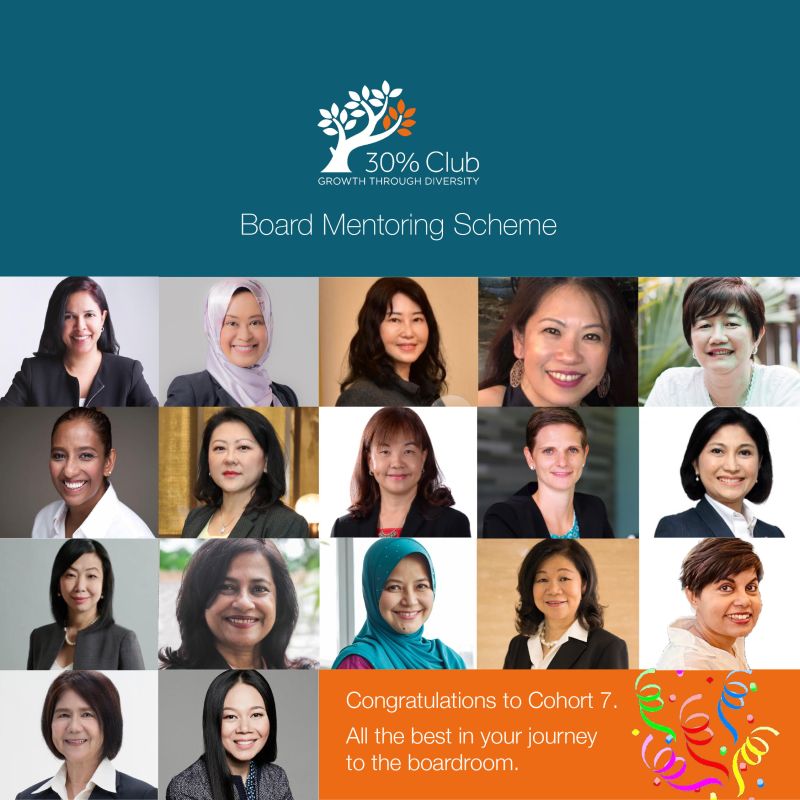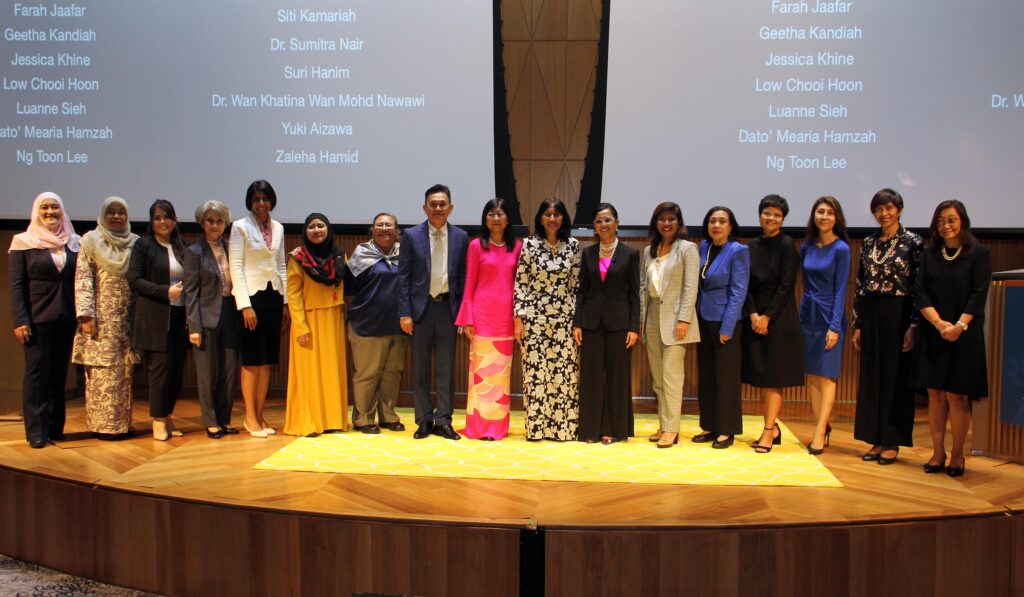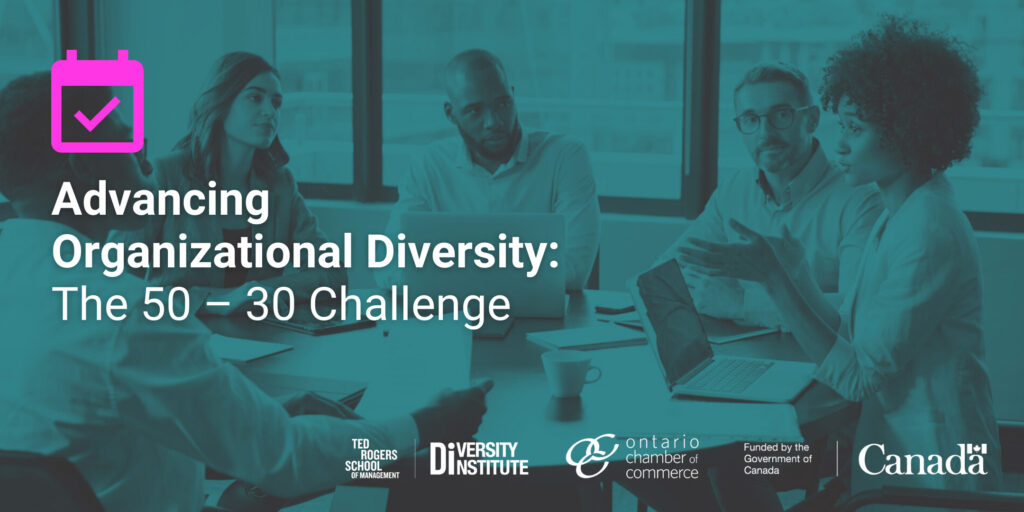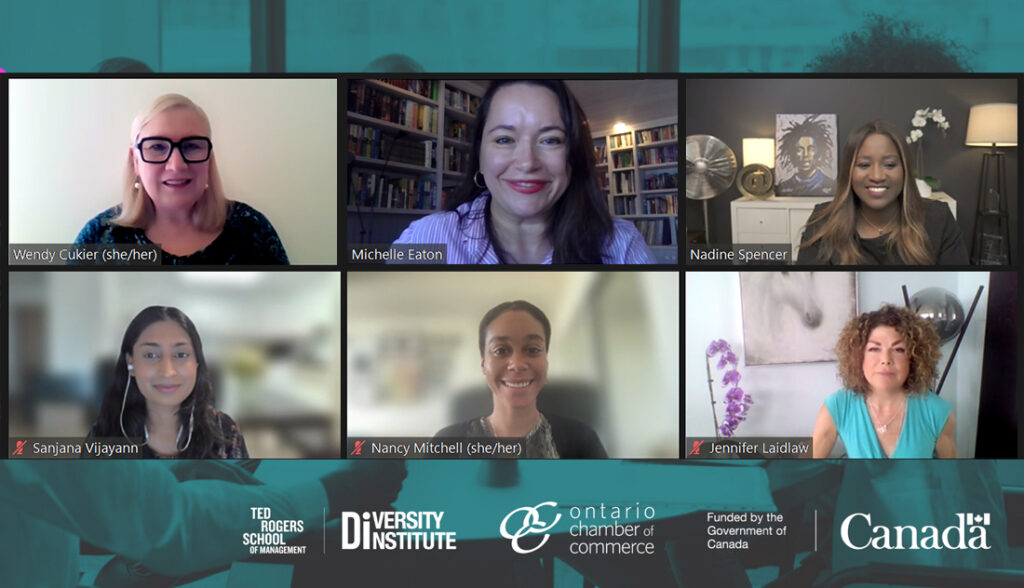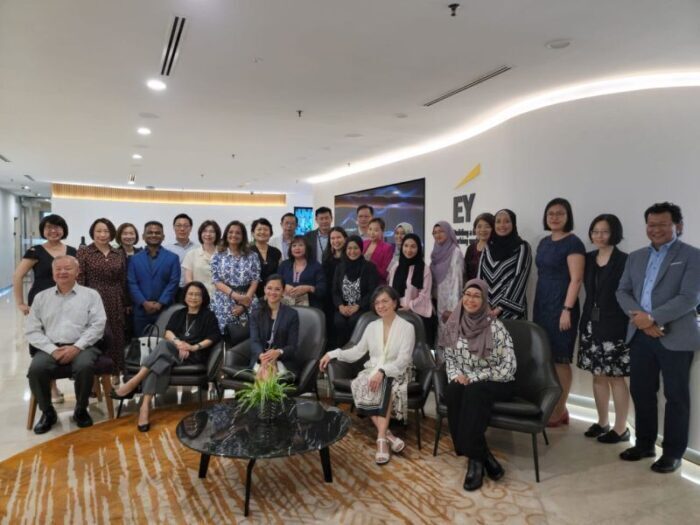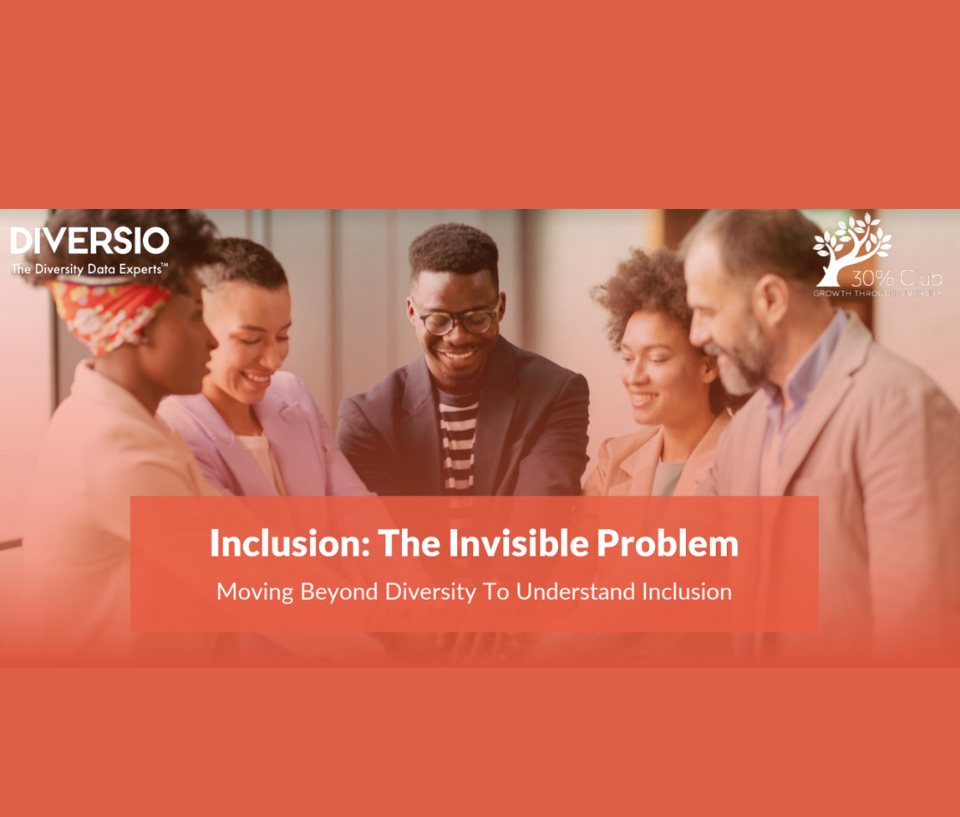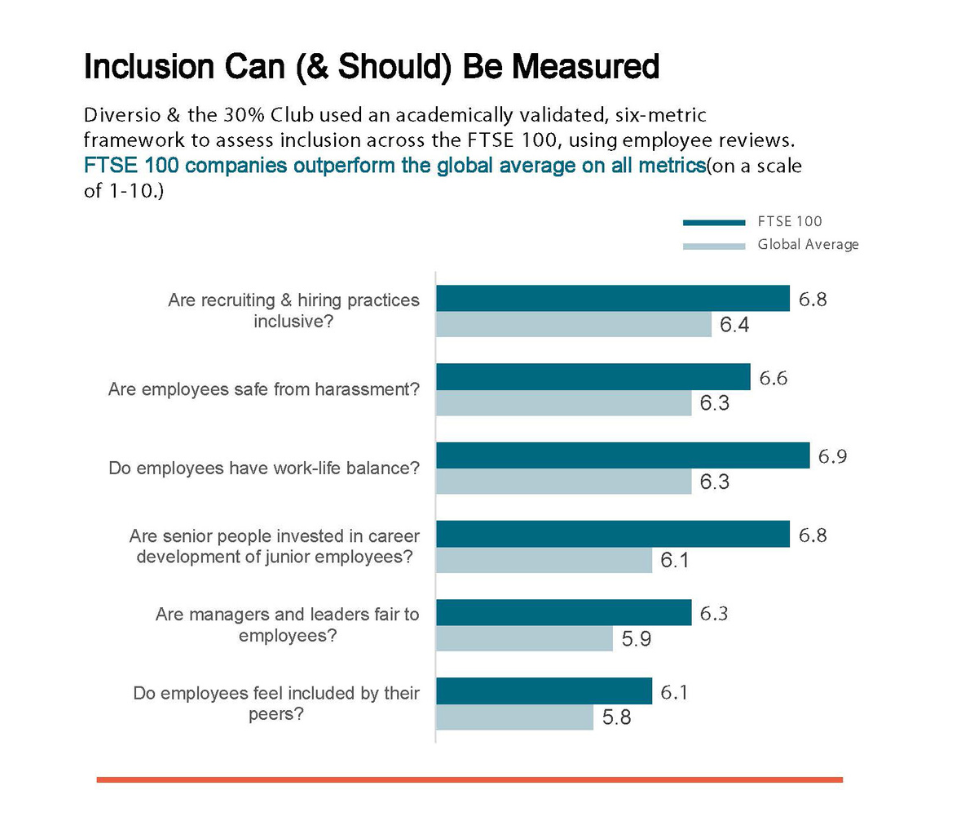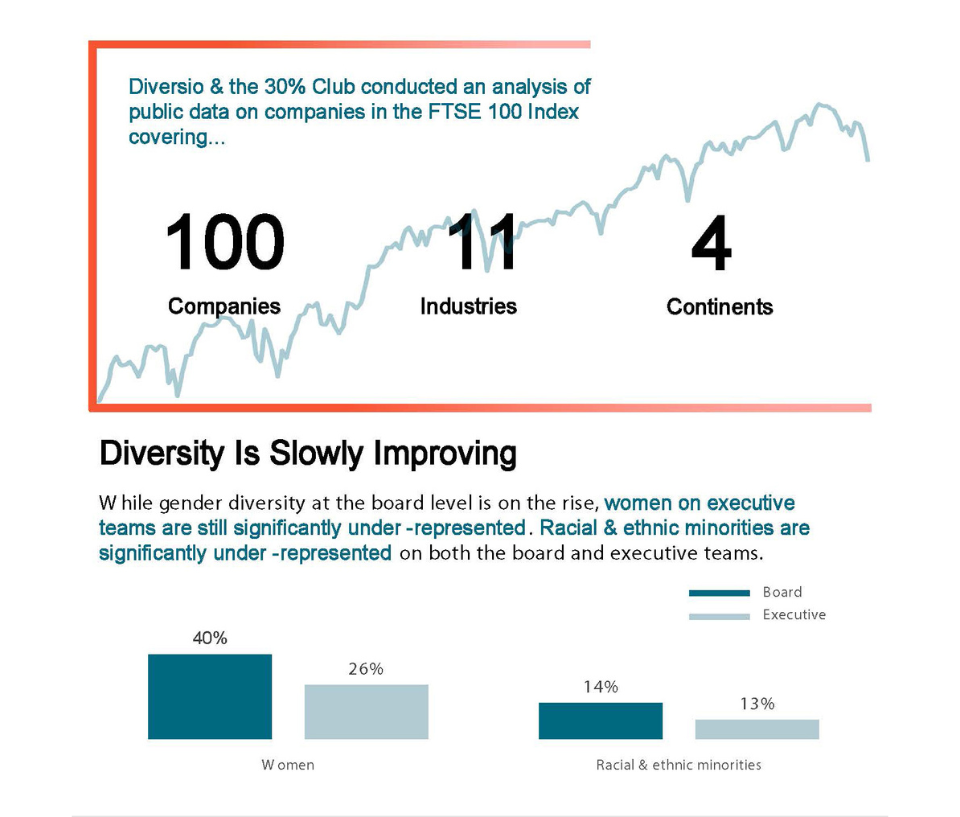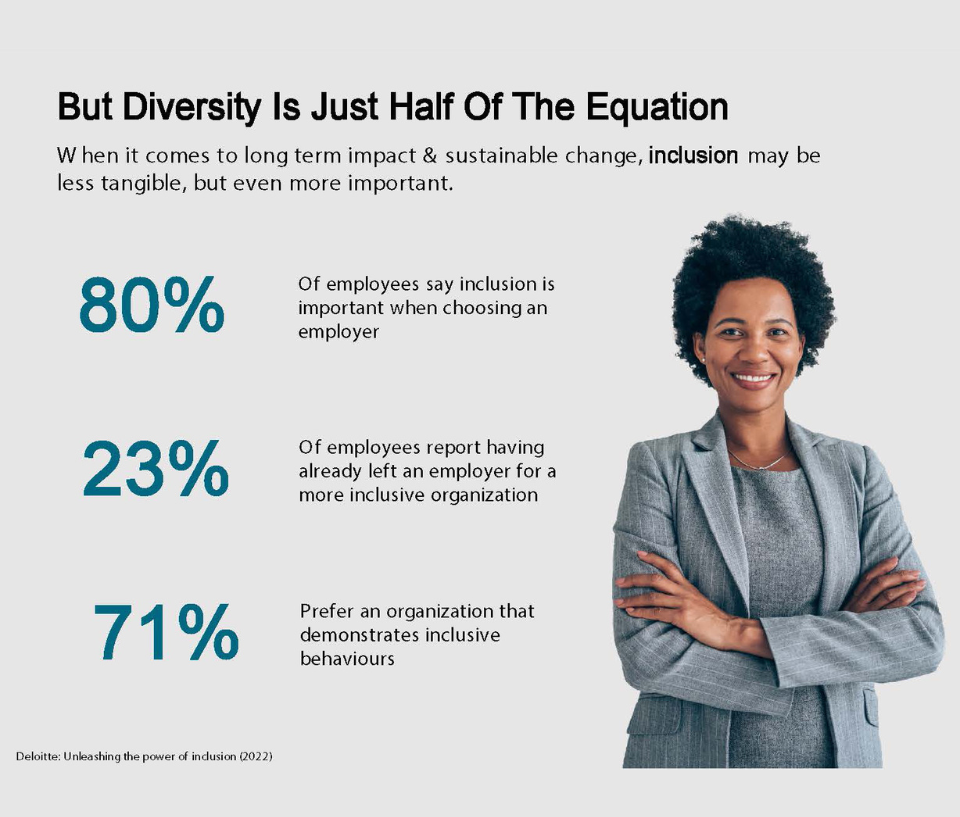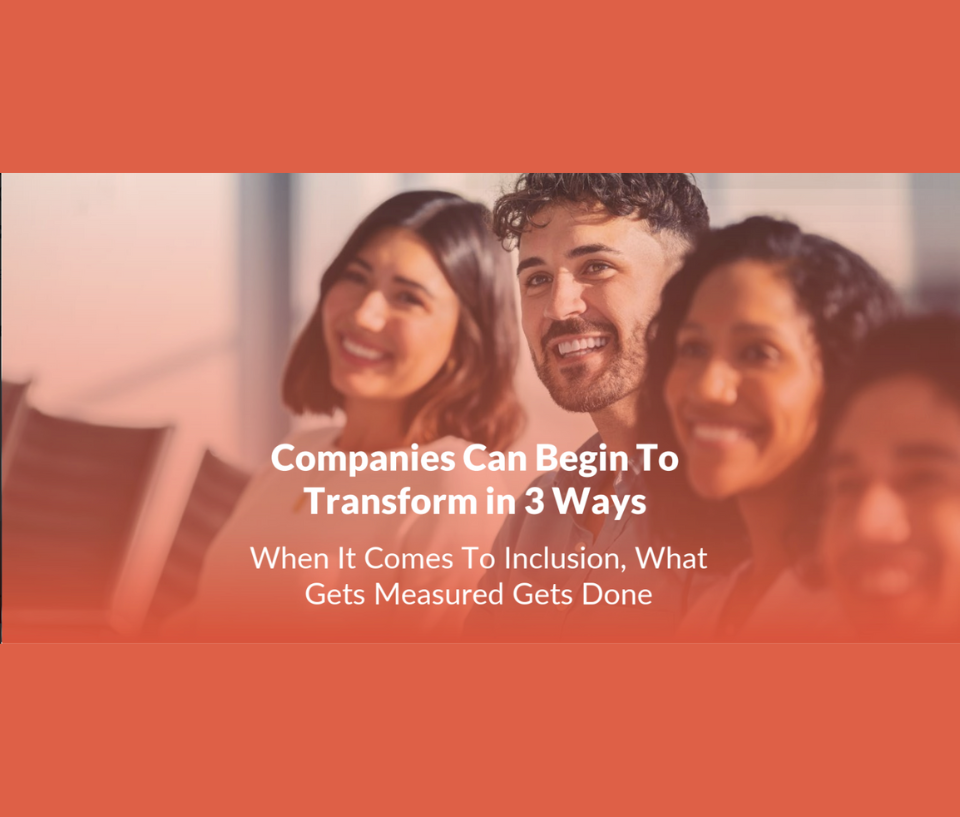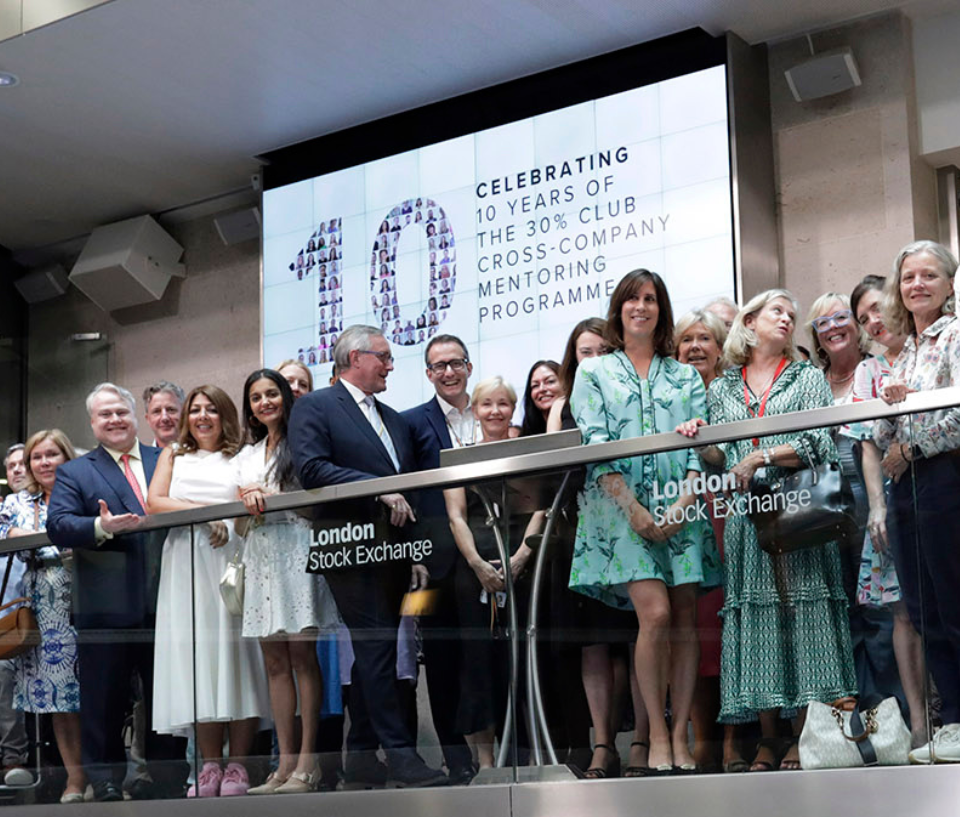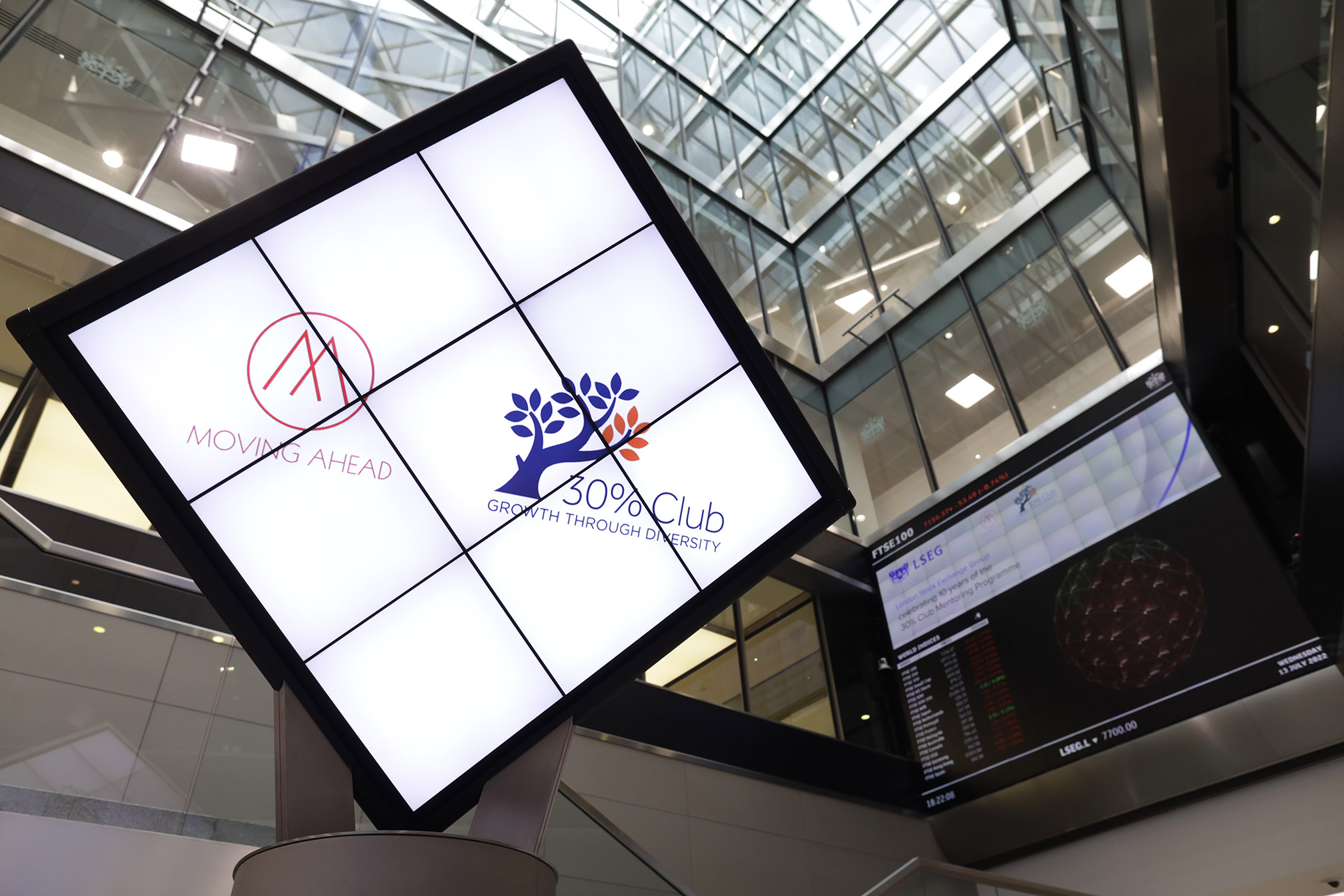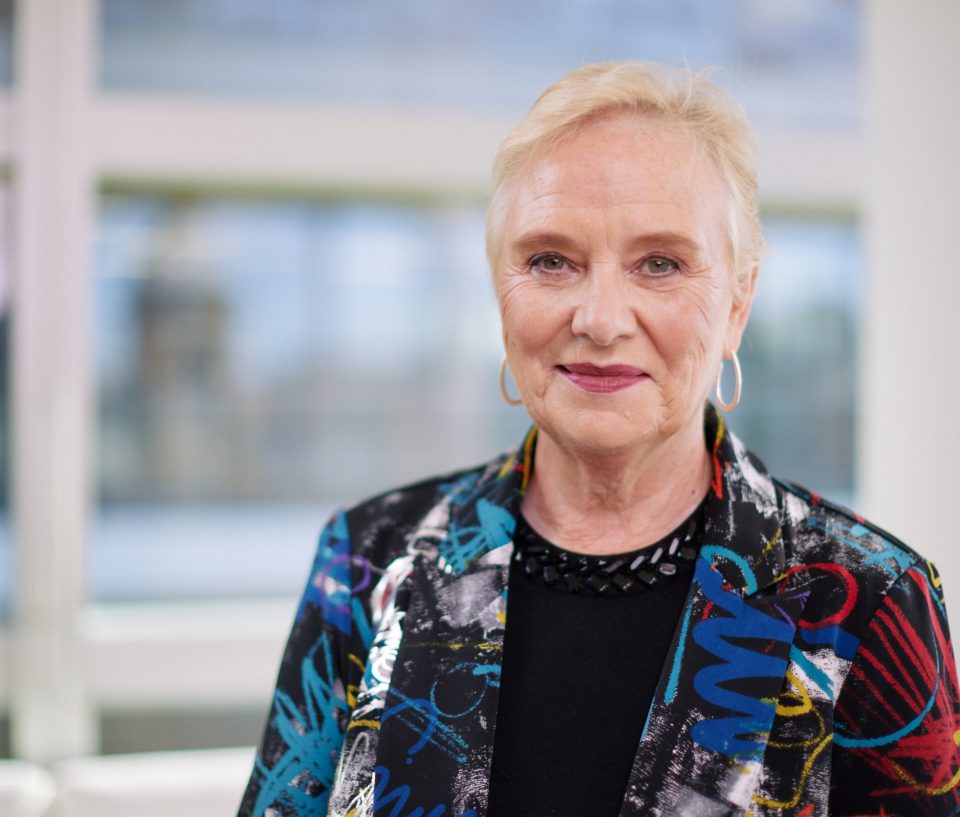
In early July, the 30% Club Malaysia held a panel discussion DEI Conversation #3: Getting on Board.
It is an event tailored specifically for all senior women leaders, aspiring, and new board directors.
In this highly inspiring session, SP Setia’s CHRO Nadiah Tan Abdullah, TPPun Advisory’s Founder/Advisory Tian Pouw TP Pun and Rohas’s INED Dr. Ir. Jey Ramasamy and 30% Club Malaysia’s Chair and MIBG’s CEO Ami Moris share personal insights and the realities of securing a board seat.
Watch here for the recording of DEI Conversation #3: Getting on Board.
